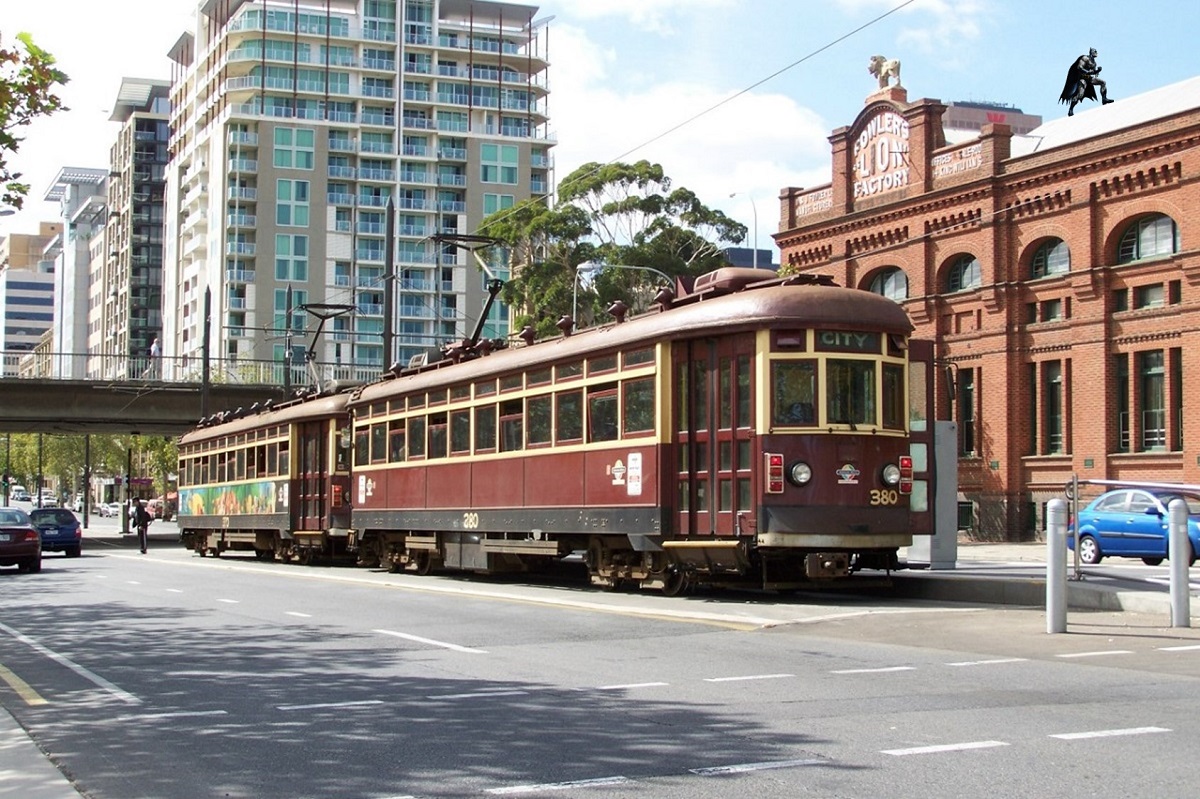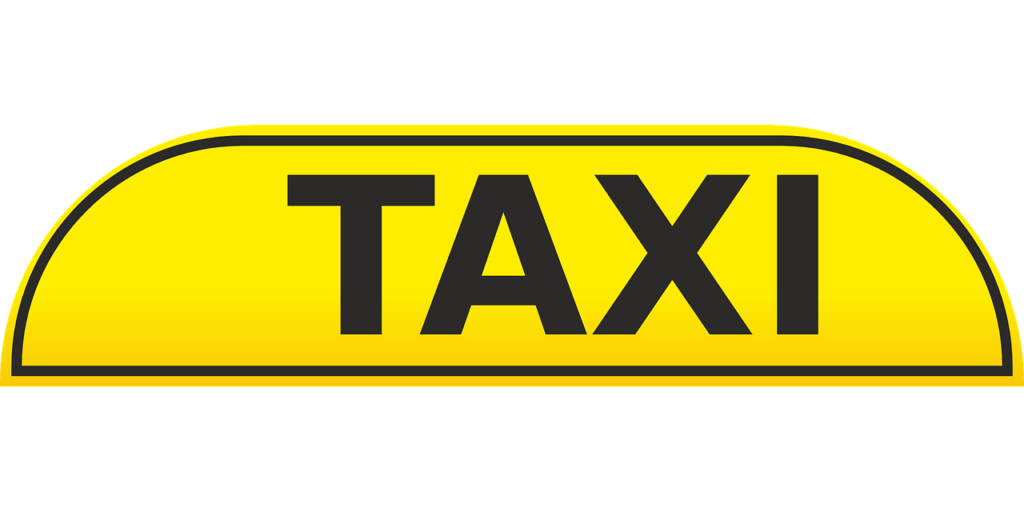
When I was a student, I got around everywhere by bus, train, tram or bike. Now I am a lazy old fart with a car.
During those years, I never experienced an incident on public transport, although I did hold a number of conversations with some very intoxicated people. Sometimes it was myself.
My experiences aside, not everyone feels safe on public transport.
Earlier this year the Advertiser reported that South Australians were actually feeling less safe on public transport leading to a beefing up of onboard security.
Very disconcertingly, the “Change the course” report from the Australian human rights commission found that “the most common setting in which most recent incidents of sexual harassment occurred in 2015 or 2016 was on public transport to or from university“.
In light of this, I think it is important to be very mindful of how you ensure your safety on public transport, including Taxis and Ubers.
The tips below have been taken from a variety of university, Government and police/transport sources.
https://www.latrobe.edu.au/study/life/living/safety/public-transport
http://thecusp.com.au/safety-at-night-stay-safe-public-transport-walking-edit/18015
https://www.studyinaustralia.gov.au/english/live-in-australia/health-and-safety/personal
https://www.uber.com/en-AU/ride/safety/

Some broad travel safety tips
These are relevant for most travel scenarios:
- Plan your trip, especially at night. If possible travel with a friend or family member. If not, ensure other people know your movements.
- Make sure you have enough money to get home and a charged mobile phone (or at least phone card).
- Keep your belongings close to you where you can always see them. Try not to travel with obviously expensive equipment (e.g. jewellery, large sums of money, electronic devices).
- Call 000 in an emergency.
- Use late night businesses (e.g. 711, Servos, Bottle Shops) as a safe haven if you are feeling intimidated.
- Consider having a personal safety app installed on your phone
- https://www.shake2alert.com/
- https://www.circleof6app.com/
- https://getbsafe.com/

Taxis
- Order a cab specifically, or catch one from a designated taxi pick up point. If you order a cab, make sure it is the one you ordered before getting into it. Taxi companies keep a record of all bookings made which is useful if you need to make a complaint.
- If travelling alone definitely pick the back seat, where you have access to two escape doors and are further away from the driver.
- Be clear with the driver about the route you want to take to the destination. This may require a bit of research ahead of time if you don’t know the route well.
- Take note of the Taxi company and car number. You can use this information to make a complaint, but also to tell people who might be meeting you at your destination.
- There should be a visible ID badge of the driver clearly displayed. Make sure the badge matches the driver. If not, leave the taxi.
- Stay alert to your surroundings and keep conversation to general topics.
- Feel free to make a phone call during the trip if you want to keep someone informed of your travel progress.
- If you don’t want your home address known, get them to drop you a few houses away.
- If you know you will be travelling alone, limit your drug or alcohol intake so you are capable of making clear decisions.
- If you are intoxicated, make sure you are travelling with another person who is better able to make decisions.
If the driver harasses you in any way:
- Ask them to stop. You can give a fake excuse if you want.
- Get them to drop you at a traffic sign or lights.
- If concerned about safety, call out to someone on the street to attract attention/ seek assistance.
- Have you phone ready and call 000 if in danger.

Uber
Because Uber uses a number of tracking, checking and licensing systems, it can be a safer system than taxis. That being said, Uber themselves provide a number of relevant safety tips. I have mercilessly just copied them straight from their site.
Before your trip (Getting a safe ride)
Know your driver
Before your driver arrives, you’ll see their first name, photo, car make and model, and licence plate number – so you know your driver and that you’re hopping in the right car.
Safe pickups
The app automatically finds your location and lets you follow your driver’s route, so you can wait safely inside until they pull up to your door.
Anonymised phone numbers
Once your trip is confirmed, the Uber app allows you to text or call your driver from an anonymised number. The app doesn’t share your contact details.
On trip (Getting to your destination)
Share your ETA
Once your driver has picked you up, share your ETA with your friends and family so they can follow your route and know when to expect you.
Always on the map
From start to finish, every Uber trip is GPS-tracked. You can also follow your journey in the app to make sure you’re heading in the right direction.
Share the ride
It’s easy to share your ride with friends or family- you can add up to two extra stops along your route. The app also includes a split fare feature, so you can share the fare (a small fee applies).
After your trip (Always here for you)
Anonymous feedback
Uber’s unique two-way feedback system allows riders and drivers to rate each other out of five stars after each trip and submit written feedback. This brings transparency and accountability to every trip.
24/7 support
Our support team is always ready to assist – just tap ‘Help’ in the app, or visit help.uber.com.
Cashless payments
Every Uber trip in Australia is cashless. Once your trip ends, your securely stored payment method is charged seamlessly. Your receipt will be sent to your inbox immediately.

Trains, trams and buses
We have all 3 in South Australia, but mostly Trains and buses.
The benefit of trains (which I used to catch a lot) was the fact security guards actually patrol the train during key security hours. So even late night trips on the train were relatively stress free because of a security presence.
Also, buses, trains and trams have security cameras on board to capture any suspicious activity and emergency alarms that you can initiate.
- Try to avoid isolated bus stops. At night, wait in places that are well-lit or with other people.
- Make sure to ‘hail’ the bus to indicate you want to get on. If you don’t they might assume you are waiting for another bus .
- Have your money/pass already in hand, rather than fumbling with them when you get on.
- Make sure to have the right timetable and know when and where to catch the bus/train. You don’t want to be waiting too long, or miss your ride. You also want to be up-to-date with any route or track changes.
- On trains, move to carriages where there are more people, or nearer to the driver.
- If someone bothers you, change seats and alert the driver or onboard security guards.
- Where possible, avoid sections of buses or carriages where intoxicated people have gathered.
- Where possible, don’t sit near the train or bus doors, where it might be easier for someone to grab your belongings before fleeing.
- Check your purse, bag or wallet if someone is jostling, crowding or pushing you. Try to keep any valuables in places that are hard for others to access.
- Know where to make a report if an incident happens – https://www.adelaidemetro.com.au/Using-Adelaide-Metro/Safety-Security
Public transport can be a highly effective and cost-effective way to get around. By taking a number of sensible precautions, it can also be a safe mode of travel.

